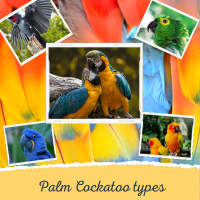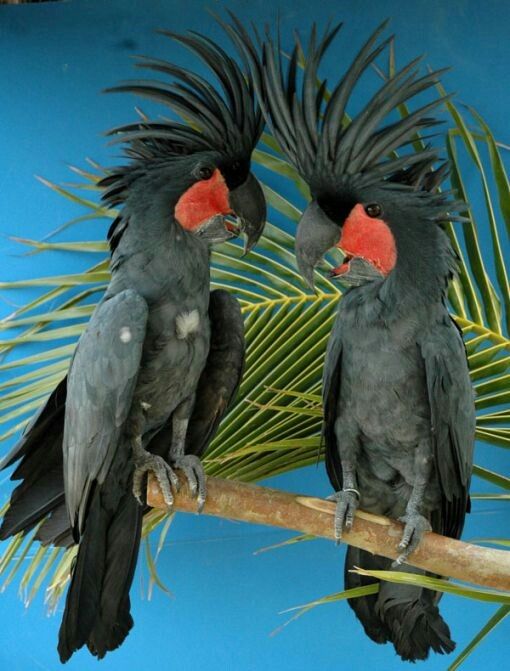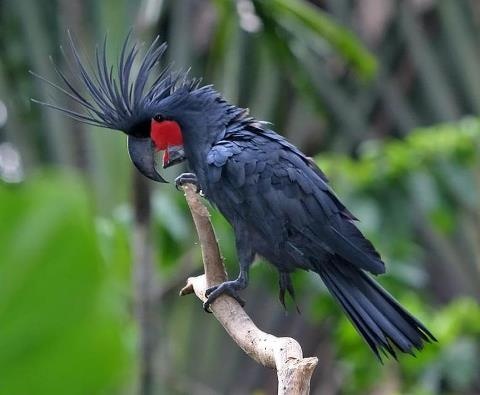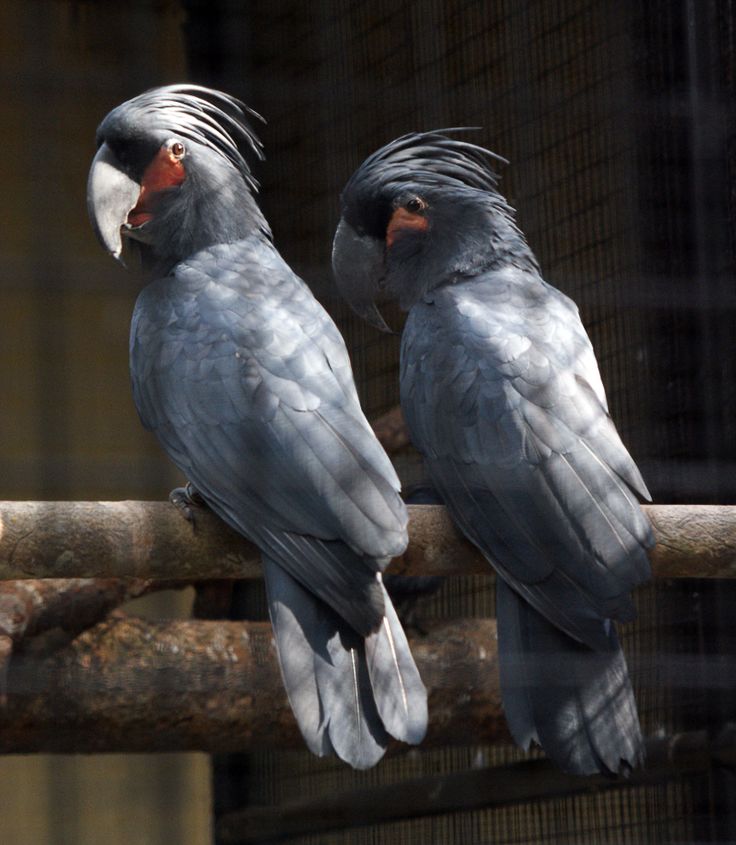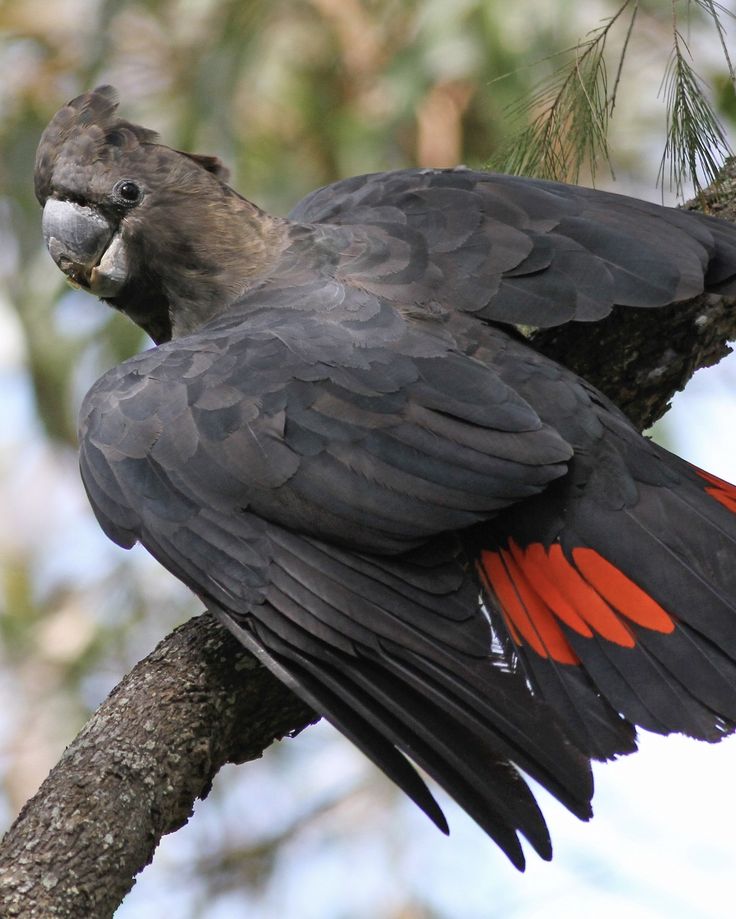The Palm Cockatoo types (Probosciger aterrimus), often recognized as one of the most fascinating and unique species of cockatoos, captivates bird enthusiasts worldwide. With its striking appearance, remarkable behaviors, and rich biodiversity, understanding the different types of cockatoos related to this species sheds light on their ecological importance. This article will explore the various Palm Cockatoo types, related species, habitats, and key details, ensuring a thorough understanding of these magnificent birds.
What Are Palm Cockatoos?
The Palm Cockatoo, also known as the Goliath Cockatoo, is native to the Cape York Peninsula in Australia, as well as parts of Papua New Guinea. Known for its imposing size and black beak, this bird boasts a unique personality and is often distinguished by its erectile crest and vibrant red cheek patches. These birds are revered for their intelligence and ability to adapt to their environment.
While the Palm Cockatoo is unique, it is often discussed in the context of related cockatoo species. Here are some notable types:
Palm Cockatoo Types
1. Sulphur-Crested Cockatoo
A highly recognizable species, the Sulphur-Crested Cockatoo The Sulphur-Crested Cockatoo is a large white cockatoo with a vibrant yellow crest and a loud, distinctive call. Native to Australia and New Guinea, it thrives in woodlands, forests, and urban areas. Known for its intelligence and sociability, it is a popular pet worldwide.
2. Umbrella Cockatoo
Native to the Maluku Islands in Indonesia, the Umbrella Cockatoo gets its name from its crest, which fans out like an umbrella when displayed. It is a popular pet due to its affectionate nature.
3. Blue-Eyed Cockatoo
Found in Papua New Guinea, the Blue-Eyed Cockatoo is a rare species distinguished by its striking blue eye ring. These birds are often compared to the Palm Cockatoo due to their striking features.
4. Carnaby’s Black Cockatoo
A threatened species native to Western Australia, Carnaby’s Black Cockatoo features a white cheek patch and thrives in eucalyptus woodlands.
5. Glossy Black Cockatoo
Known for its glossy black feathers and red tail panels, the Glossy Black Cockatoo is another remarkable species related to the Palm Cockatoo.
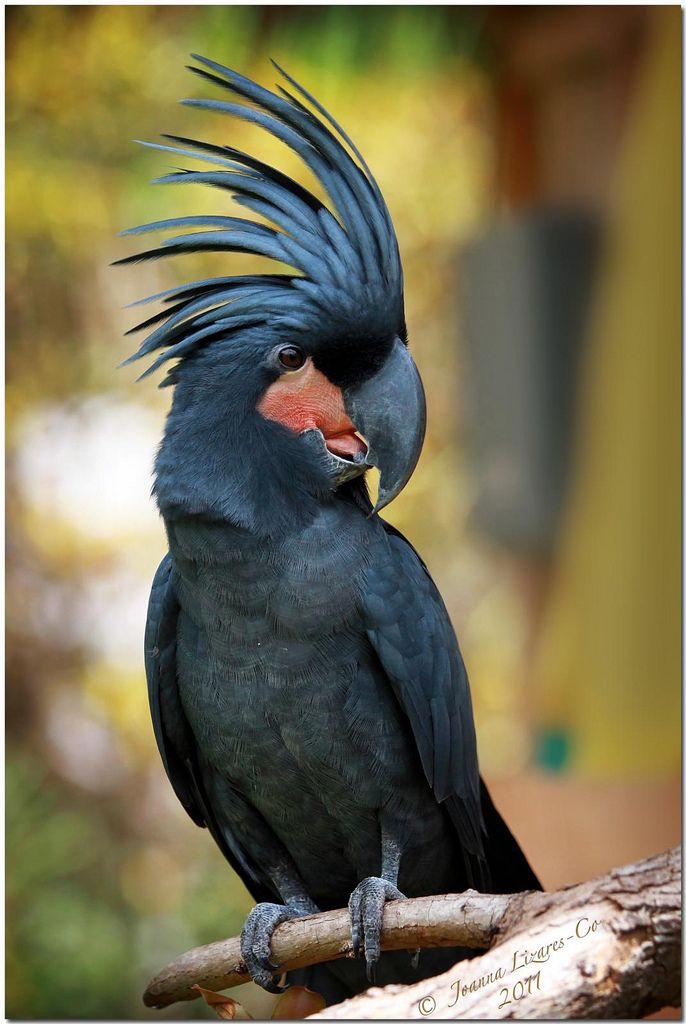
6. Tanimbar Corella
The Tanimbar Corella is a small white cockatoo native to Indonesia. Its compact size and charming personality make it stand out among cockatoo species.
7. Long-Billed Corella
Found in southeastern Australia, the Long-Billed Corella is known for its long beak and vibrant red markings around its face.
8. Major Mitchell’s Cockatoo
With its delicate pink and white feathers and colorful crest, Major Mitchell’s Cockatoo is considered one of the most beautiful cockatoo species.
9. Western Corella
Native to Western Australia, the Western Corella is a close relative of the Long-Billed Corella, sharing many of its traits but differing in habitat and range.
Unique Features of Palm Cockatoos
Palm Cockatoos are fascinating for several reasons, including their physical attributes, behaviors, and adaptability. Here are some highlights:
- Physical Appearance: Palm Cockatoos are large birds, often referred to as one of the largest cockatoo species, with an average wingspan of up to 90 centimeters. Their black plumage and bright red cheeks are signature features.
- Beak: They possess a black beak capable of cracking hard nuts and seeds.
- Crest: The erectile crest is used for communication and courtship displays.
- Behavior: Known for their drumming behavior, Palm Cockatoos use sticks to tap on hollow trees, possibly to attract mates or mark territory.
- Diet: These birds are omnivorous, feeding on pandanus palms, seeds, fruits, and occasionally insects.
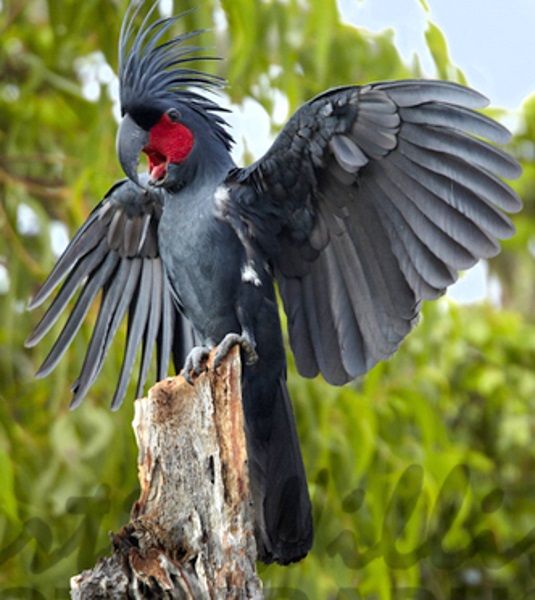
Habitat and Distribution
1. Cape York Peninsula
The primary habitat of the Palm Cockatoo, this region provides dense forests and ample food resources. The birds rely on the hollow trees of the area for nesting.
The Cape York Peninsula is a large remote region located in northern Queensland, Australia. It is characterized by diverse ecosystems, including tropical rainforests, savannah woodlands, and wetlands, and is home to unique wildlife such as the Palm Cockatoo. This region plays a crucial role in preserving Australia’s natural heritage and biodiversity.
2. Papua New Guinea
Palm Cockatoos are also found in the tropical rainforests of Papua New Guinea, where they adapt well to the humid environment.
Conservation Status
Palm Cockatoos are listed on the IUCN Red List as near-threatened. The primary threats include:
- Habitat Loss: Deforestation in their native regions has led to a decline in available nesting sites.
- Pet Trade: The illegal pet trade poses a significant risk, as these birds are highly sought after for their unique appearance.
- Climate Change: Changing environmental conditions affect their food sources and nesting habitats.
Reproduction and Lifespan
Palm Cockatoos are unique in their reproductive behavior. They typically lay only one egg every two years, making their population recovery slow. Their lifespan in the wild can exceed 50 years, while in captivity, they may live up to 70 years.
Competitor Cockatoos
To better understand the Palm Cockatoo, let us explore other cockatoos often compared to it:
1. Probosciger aterrimus
This scientific name refers to the Palm Cockatoo itself but is often a competitive keyword due to its unique traits.
2. Parrot with Erectile Crest
While many cockatoos have crests, the Palm Cockatoo’s distinctive erectile crest sets it apart.
3. Red-Cheeked Cockatoo Yellow
This phrase highlights the diversity of cheek colors among cockatoos, including the Palm Cockatoo’s bright red cheek patches.
4. Biggest Cockatoo
The Palm Cockatoo is often cited as one of the largest cockatoos, rivaling others like the Goliath Cockatoo.
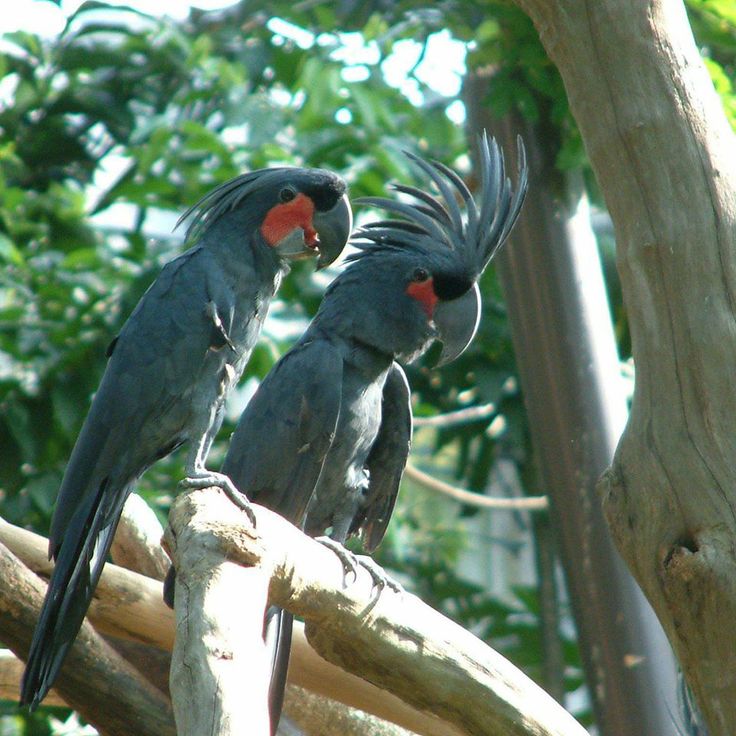
5. African Cockatoo
Though cockatoos are native to Australasia, this term reflects a common misconception. Cockatoos do not naturally occur in Africa.
6. Cockatoo Feet
The zygodactyl feet of cockatoos, including the Palm Cockatoo, allow them to grasp and manipulate objects with precision.
Cockatoos have zygodactyl feet, meaning they have two toes pointing forward and two pointing backward. This unique foot structure allows them to grasp branches firmly and manipulate objects with precision. Their feet are strong and highly dexterous, aiding in feeding and climbing.
Fascinating Facts About Palm Cockatoos
- Palm Cockatoos are known for their intelligence and creativity, particularly their use of tools.
- They are monogamous and form strong pair bonds.
- Their drumming behavior is unique among parrots and may serve as a form of communication.
- Palm Cockatoos thrive in the wild but face challenges in captivity due to their specific dietary and environmental needs.
- The Goliath Cockatoo, another name for the Palm Cockatoo, emphasizes its impressive size and stature.
The Goliath Cockatoo, also known as the Palm Cockatoo, is one of the largest cockatoo species, native to northern Australia and Papua New Guinea. It is characterized by its striking black plumage, bright red cheek patches, and an impressive, powerful black beak. Known for its unique drumming behavior, this bird plays a vital ecological role in its habitat.
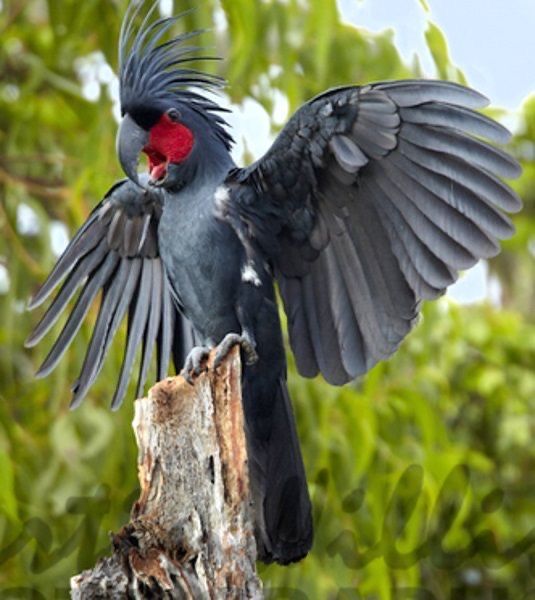
Conclusion
The Palm Cockatoo and its related species represent the diversity and beauty of cockatoos. From the Sulphur-Crested Cockatoo to the Glossy Black Cockatoo, each species has unique traits that contribute to the richness of the cockatoo family. By understanding their habitats, behaviors, and conservation needs, we can work towards protecting these magnificent birds for future generations. Whether you’re a bird enthusiast or a conservationist, appreciating the Palm Cockatoo’s role in our ecosystem is vital.
FAQs
1. Are Palm Cockatoos endangered? Palm Cockatoos are listed as near-threatened on the IUCN Red List due to habitat loss and the pet trade.
2. What do Palm Cockatoos eat? Their diet consists of seeds, nuts, fruits, and occasionally insects.
3. Why are Palm Cockatoos unique? They are known for their drumming behavior, large size, and striking appearance with bright red cheeks and a black beak.
4. Where are Palm Cockatoos found? They are native to the Cape York Peninsula in Australia and parts of Papua New Guinea.
5. How long do Palm Cockatoos live? In the wild, they can live over 50 years, while in captivity, they may live up to 70 years.


